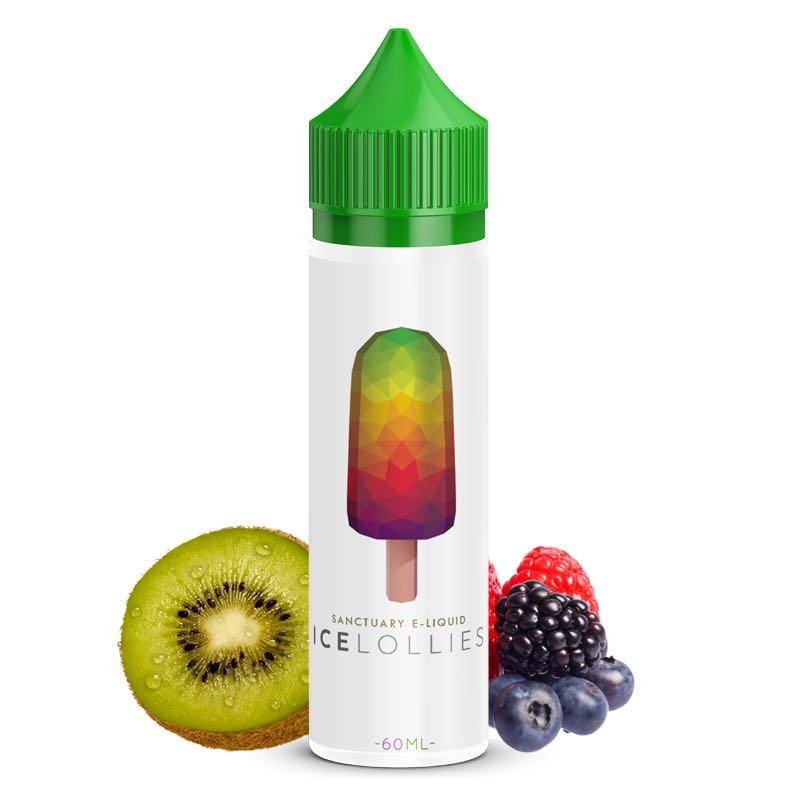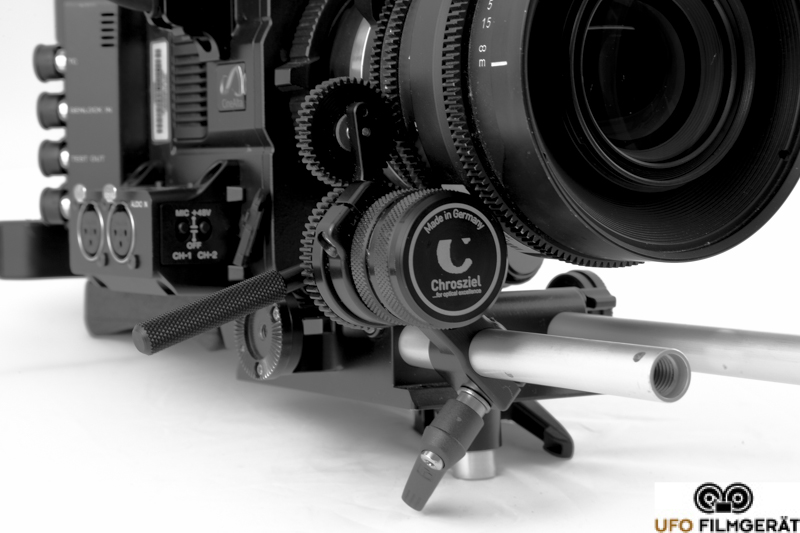

Targeted areas provide lightweight support where you need it most. ULTRA-LIGHT SUPPORT A flexible, breathable Flyknit upper wraps your foot for a second-skin fit. We can also define different styles within the same CSS stylesheet such that they are only utilized if certain constraints are satisfied.BREATHABLE COMFORT, EFFORTLESS RIDE The Nike LunarEpic Low Flyknit Men's Running Shoe is lightweight and breathable with targeted cushioning for a soft, effortless sensation underfoot. For example, if 480px is the maximum resolution of the current device’s screen, then the styles defined in main_1.css will be applied.

The responsive CSS example below shows the procedure for initiating a certain CSS file with respect to the page width. Other definitions are possible as well but in this, case the most important things to note are minimum resolution (width) and orientation settings (landscape vs. This definition is possible through the setting of basic properties: max-width, device-width, orientation, and color. Note: media queries are supported by all major browsers. As page width correlates with the size of the user’s device, this capability thus allows you to define different layouts for different devices. In CSS3, you can define styles depending on the page width. In this way, it was possible to set separate styles for a page’s computer display vis-à-vis its printout. Media types first appeared in HTML4 and CSS2.1, which enabled the placement of separate CSS for screen and print.
ZOOM FLUID IMAGE CODE
Instead, the solution is to implement flexible responsive design elements that use the same HTML code to adjust to the user’s screen size.įrom a technical point of view, the solution lies in this responsive design tutorial: using CSS media queries, pseudo-elements, flexible set grid layouts, and other tools to dynamically adjust to a given resolution. desktop layouts should reflect these differences.Īt the same time, you don’t want to be completely rewriting your site for each of the tens of different screen sizes on which it might be viewed-such an approach is simply infeasible. Don’t you agree? Your responsive mobile vs. For example: using the mouse does not provide the same user experience as, say, the touchscreen. What’s commonly glossed over about RWD is that it’s not just about adjusting the appearance of your webpages instead, the focus should be on logically adapting your site for usage across different devices. And in some cases, this can mean the difference between success and failure-responsive design has implications for conversion rates, SEO, bounce rates, and more. If you’re optimizing for a specific browser, rather than the global smartphone population, you’re missing the forest for the trees. At the same time, Internet Explorer usage, for example, accounts for just 12% of all browser traffic, down about 4% from this time last year (according to W3Schools). Across the web in general, 17.4% of web traffic came from smartphones in 2013. They project that this number could reach 50% by the end of the year. Why? Over 30% of their traffic comes from mobile devices.

Mashable called 2013 the year of responsive web design.

Some web designers spend days on end addressing small issues with Internet Explorer and leave their mobile users as second-hand visitors.


 0 kommentar(er)
0 kommentar(er)
